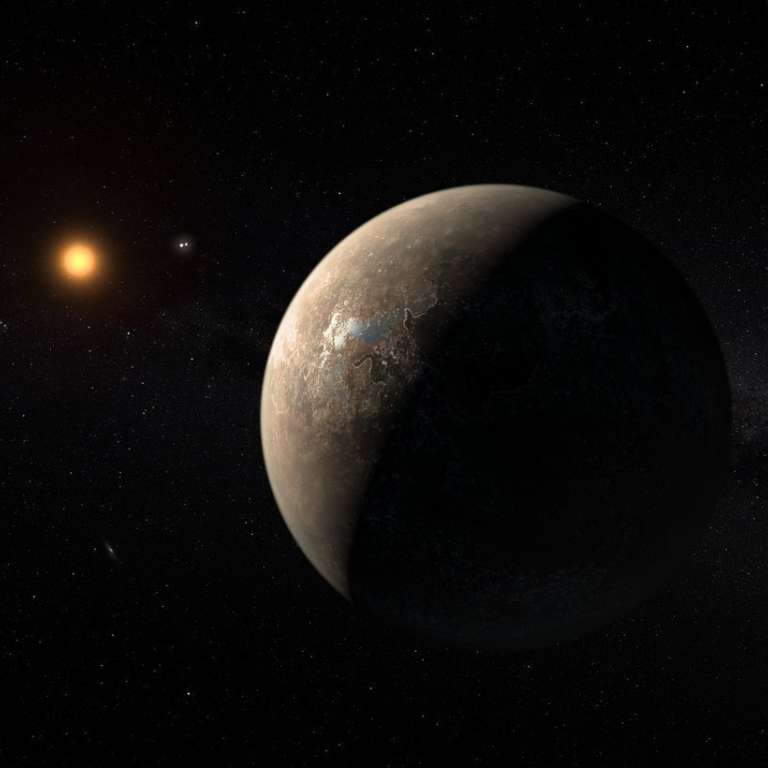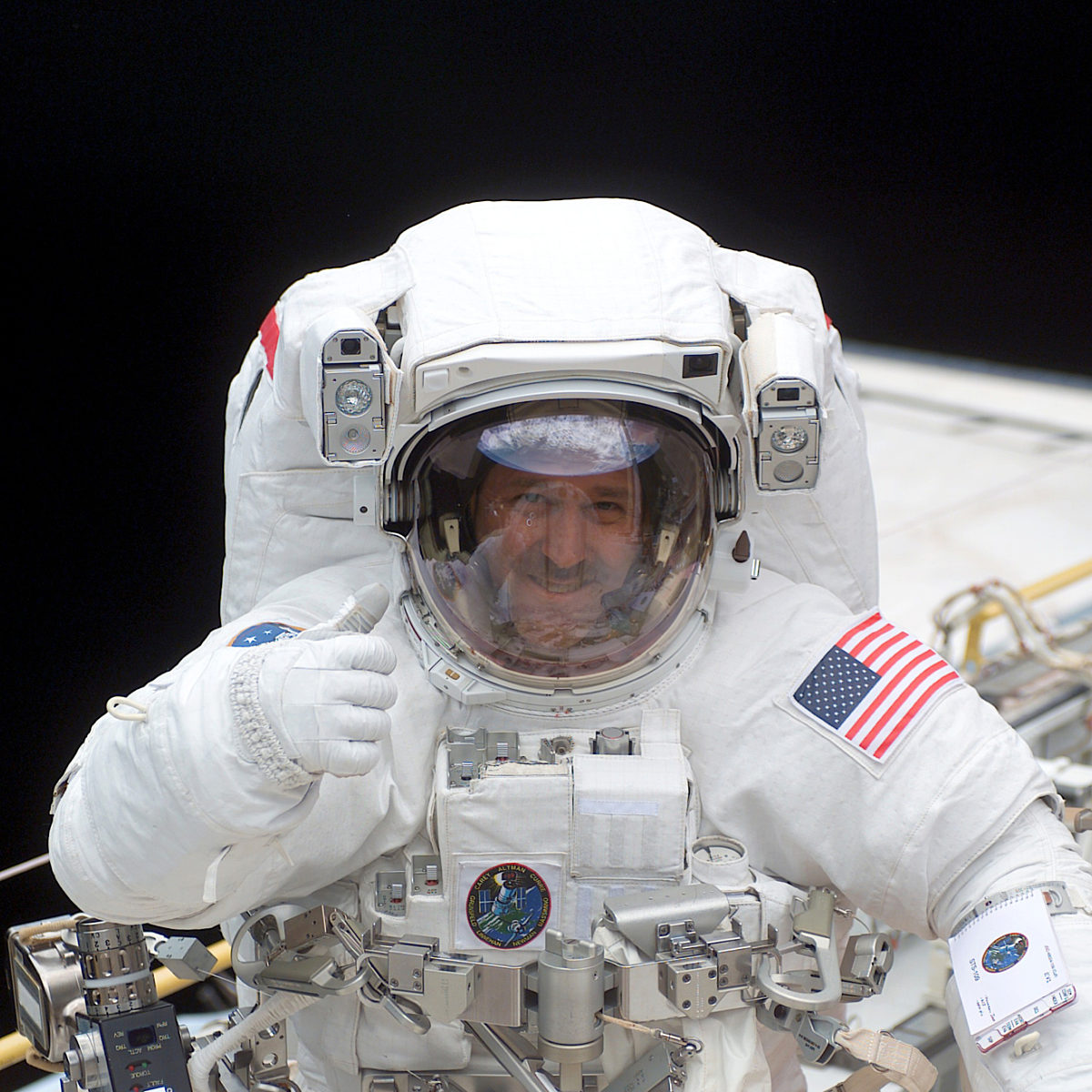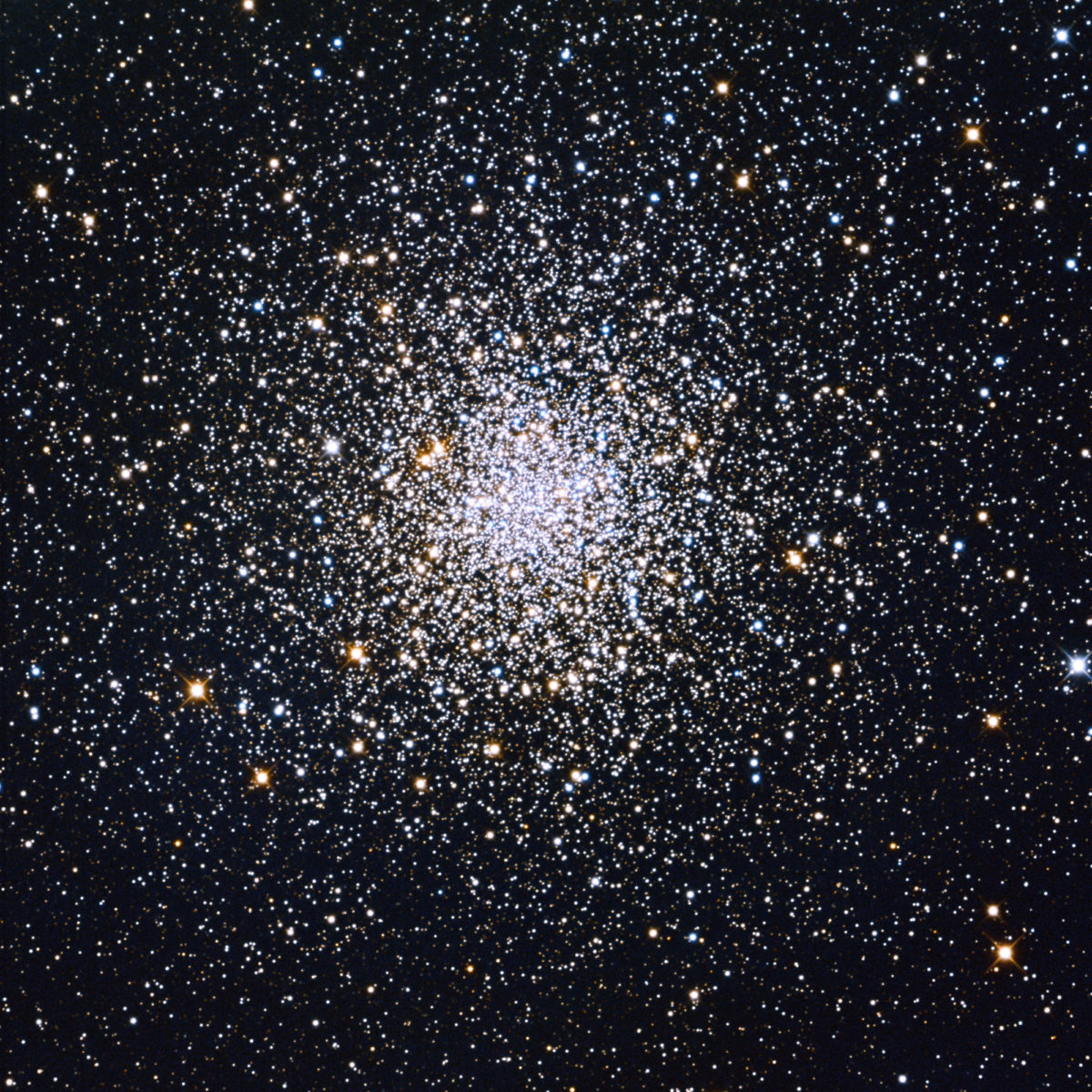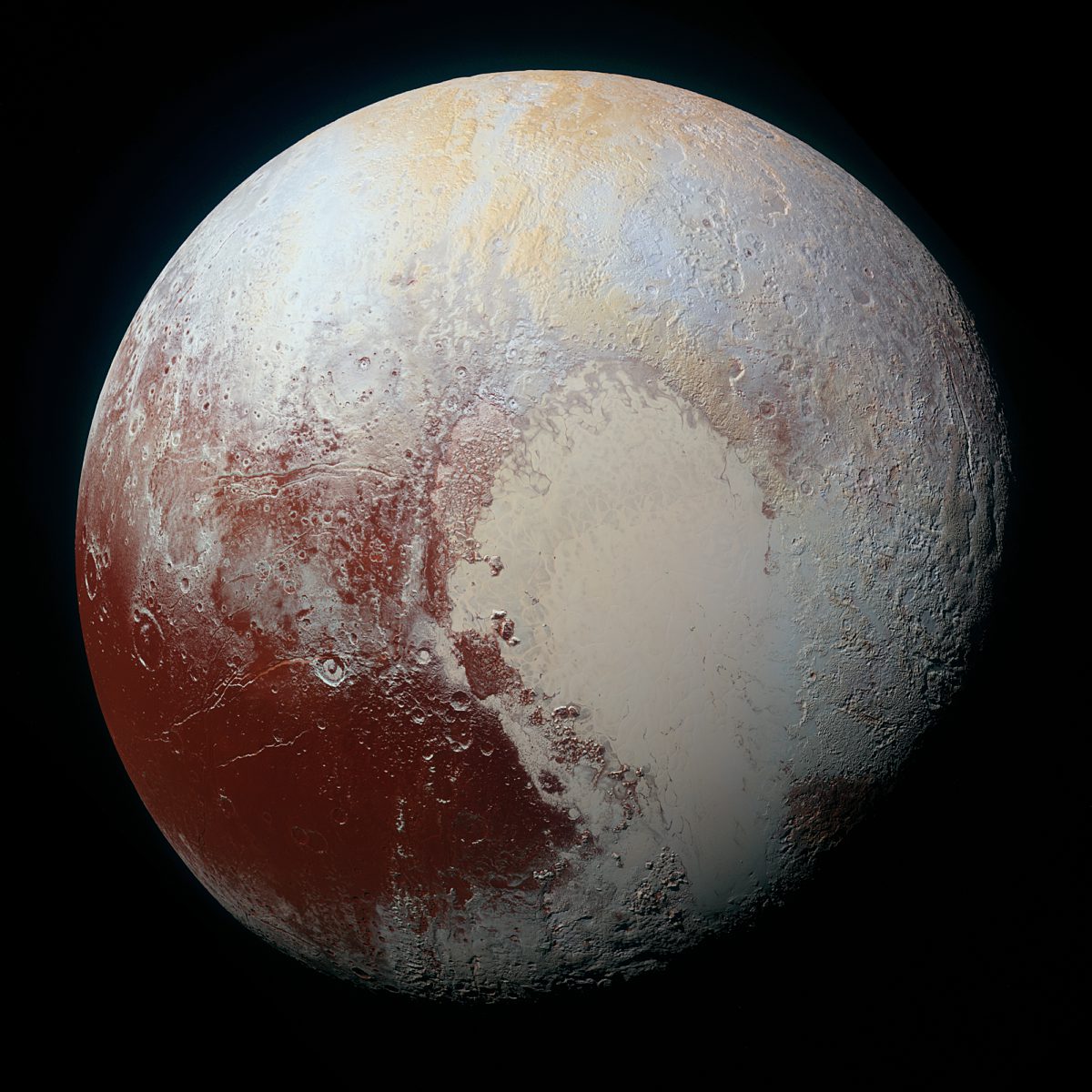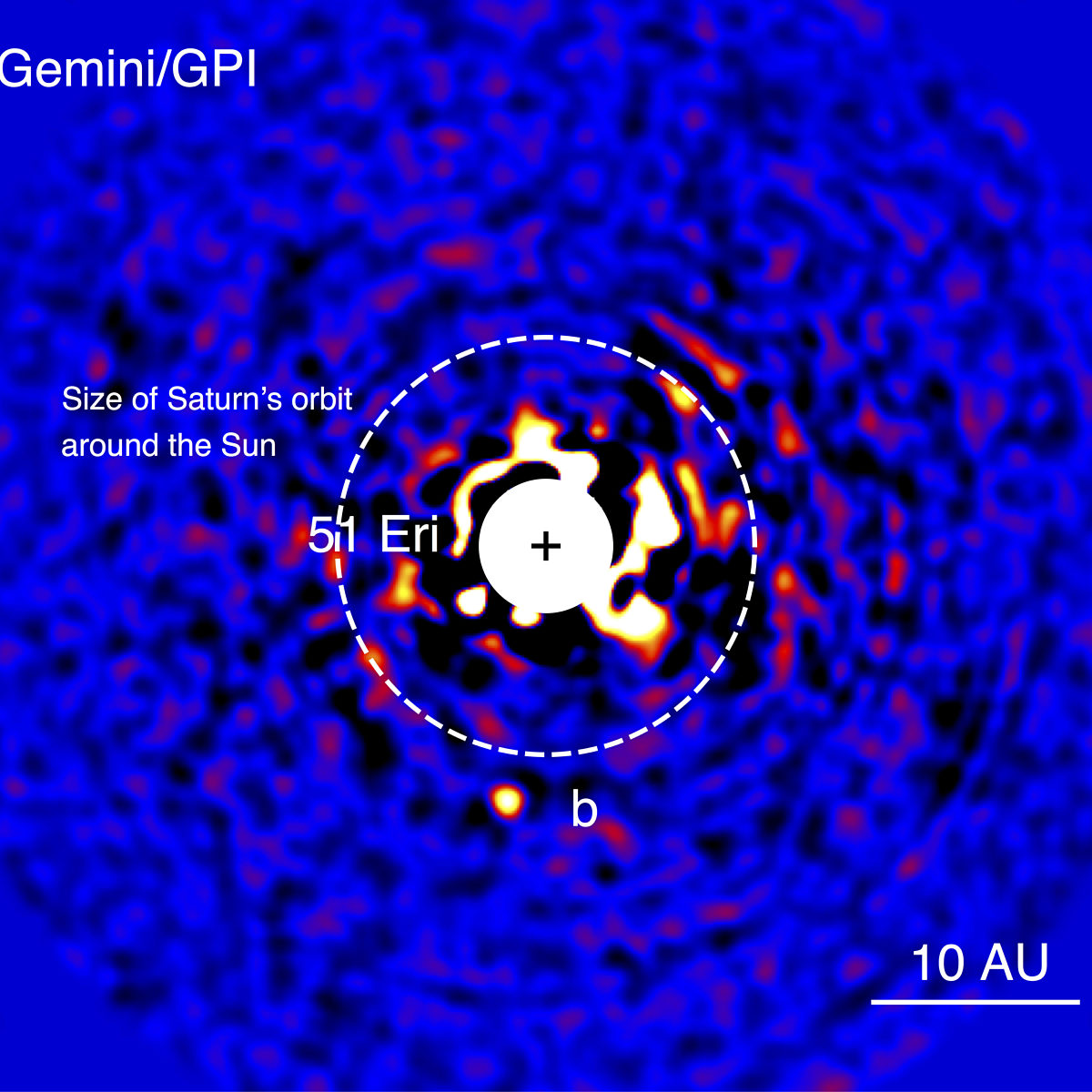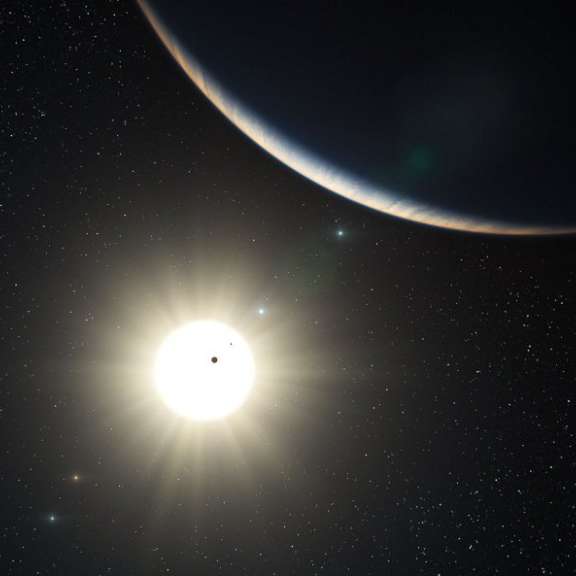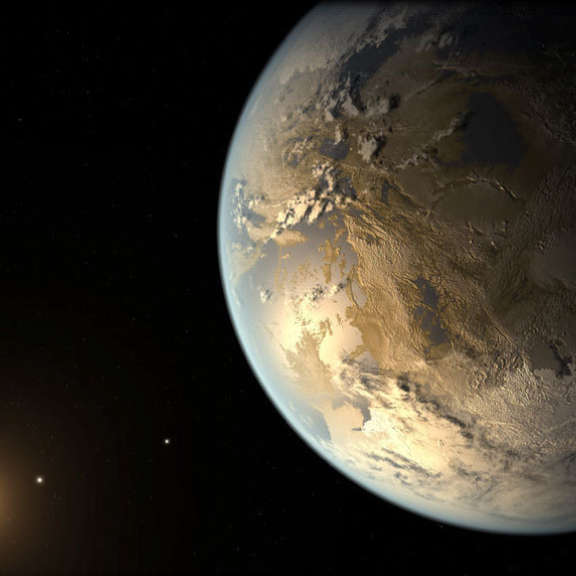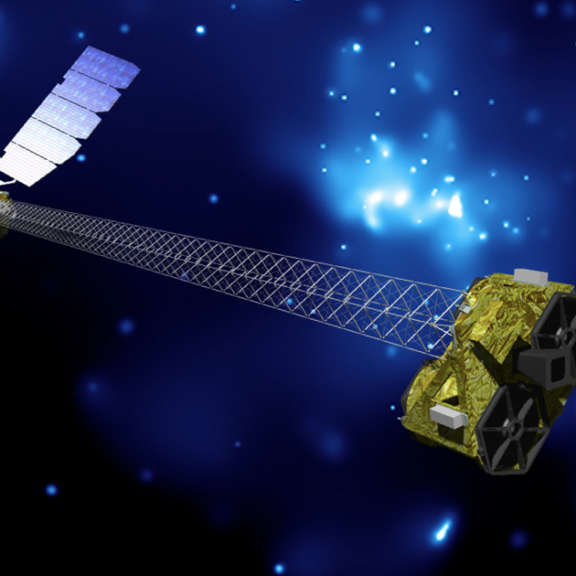Since 2002, Planetary Radio has visited with a scientist, engineer, project manager, advocate, or writer who provides a unique perspective on the quest for knowledge about our Solar System and beyond. The full show archive is available for free.
Search Planetary Radio
We have begun to understand the composition of worlds that are hundreds of trillions of kilometers from Earth. Astronomer Nikole Lewis is co-leader of a team that has used the Hubble Space Telescope to do this with the four Earth-like planets circling a star called TRAPPIST-1.
Join Mat Kaplan on a visit to Naval Base San Diego and the USS Anchorage, the amphibious ship that has just completed a round of Orion spacecraft recovery testing and practice.
Former NPR science reporter David Baron discusses the stories of men and women who made their way across the American West to view and document the total solar eclipse of 1878.
The discovery of seven, Earth-sized planets in a nearby solar system was announced last week. Astrophysicist and planetary scientist Sara Seager joins us to share her excitement about this find that includes three planets in the habitable zone.
The announcement was made just days ago. Co-discoverer Michael Endl tells us about the discovery of a roughly Earth-mass planet orbiting in the habitable zone of the closest star to our own.
John Grunsfeld closes our coverage of the Space Foundation’s 32nd annual Space Symposium in Colorado Springs. We also meet the leaders of the New Generation Space Leaders Program.
Beautiful Death Valley National Park was the setting for a fascinating conversation with famed SETI researcher Jill Tarter and celebrated astronomer, artist and photographer Tyler Nordgren.
Michel Mayor and his team rocked the astronomy world with their 1995 announcement, but this modest man says it was a discovery whose time had come.
New research indicates that globular clusters—collections of up to a million stars—could provide stable environments for life, along with opportunities for interstellar civilizations. Lead author Rosanne Di Stefano joins us to explain.
Bruce Betts, Jason Davis, Casey Dreier and Emily Lakdawalla gather with Mat Kaplan for a fascinating and informative Planetary Radio Extra year-in-review roundtable discussion.
A small but talented UK team is building Twinkle, a small spacecraft with a big mission—exploring the atmospheres of planets orbiting other stars.
Franck Marchis is on the team that has delivered an actual image of a young, hot world about 100 light years from Earth. We talk with him on the 20th anniversary of the first exoplanet discovery.
SETI Institute scientist Jason Rowe returns to tell us about the smallest exoplanet so far that has had its size and mass determined. Jason also talks with Mat about our ever-expanding knowledge of these worlds that circle faraway stars.
Astronomer and planetary scientist Courtney Dressing is the lead author of research that may have found the formula for the mass and composition of Earth-like planets. She reveals the ingredients and why she spent time at JPL while in high school.
MIT planetary scientist and astrophysicist Sara Seager is on a quest. She wants to find a warm, wet exoplanet with signs of life. It could be Earth 2.0.
It’s terribly hard to find exoplanets that look like our homeworld. The search requires development of astoundingly powerful and precise instruments. That’s the job Debra Fischer and her team have taken on.
Harvard’s Henry Lin led work that determined the soon-to-be-launched James Webb Space Telescope may be able to detect an alien civilization by analyzing its atmosphere.
Kepler-186f is the very first exoplanet that is both the size of our own world and in the habitable zone surrounding its star. SETI Institute scientist Elisa Quintana is lead author of the paper announcing its existence.
Finally found: an Earth-sized planet in the habitable zone. You’ll hear lead scientist Elisa Quintana make the announcement. Then OSIRIS REx mission Principal Investigator Dante Lauretta will tell us how the spacecraft will return a sample of material from the birth of the solar system.
Principal Investigator Fiona Harrison provides an X-ray tour of some of the universe's most fascinating objects, Casey Dreier has analysis of NASA's 2015 budget plans, and Bill Nye sees the inherent optimism of science in the verification of another 715 exoplanets.


 Explore Worlds
Explore Worlds Find Life
Find Life Defend Earth
Defend Earth






